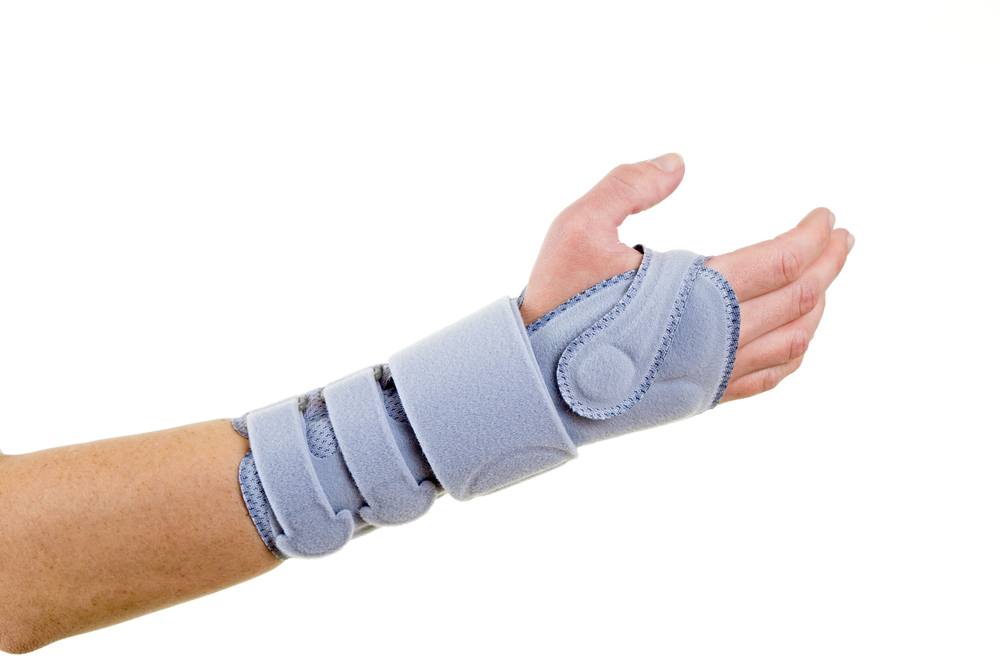Relieving Carpal Tunnel Pain with Wrist Splinting: A Practical Guide
Carpal tunnel syndrome (CTS) is a common condition that affects millions worldwide, characterized by pain, numbness, and tingling in the hand and arm. The condition arises from pressure on the median nerve within the carpal tunnel of the wrist. Among various treatment options, wrist splinting is a widely recommended and effective method for alleviating symptoms, especially during the early stages of CTS. This guide will walk you through the process of using wrist splinting to relieve carpal tunnel pain, emphasizing the correct approach and additional tips for maximum relief.
Understanding Carpal Tunnel Syndrome
Before diving into the treatment, it’s crucial to understand what happens when you have carpal tunnel syndrome. The carpal tunnel is a narrow passageway on the palm side of your wrist, which protects a main nerve to your hand and the tendons that bend your fingers. When this nerve is compressed, it leads to the symptoms associated with CTS.
The compression can be due to several factors such as repetitive hand movements, wrist anatomy, or health issues that cause inflammation. Recognizing the cause can help in effectively managing the symptoms.
The Role of Wrist Splinting
Wrist splinting helps by keeping your wrist in a neutral, straight position, which minimizes pressure on the median nerve. It’s most beneficial for people who experience symptoms at night because we often bend our wrists when sleeping. A splint can prevent this bending and reduce the nighttime symptoms of numbness and tingling.
Choosing the Right Splint
When it comes to selecting a wrist splint, there are several factors to consider:
- Type of Splint: Splints can be ready-made or custom-made. Ready-made splints are widely available and less expensive, whereas custom-made splints are tailored to fit the exact contour of your wrist and hand.
- Material: Look for a splint made of a breathable material to ensure comfort, especially if you need to wear it for extended periods.
- Adjustability: Adjustable straps are crucial for ensuring the splint fits snugly without restricting blood flow.
How to Use a Wrist Splint
- Wear the Splint at Night: Start by wearing the splint at night to prevent unconscious wrist bending. If your daytime symptoms are severe, consider wearing it during the day as well, particularly during activities that trigger symptoms.
- Ensure Proper Fit: Make sure the splint is not too tight as this can further compress the nerve. A well-fitting splint should stabilize the wrist but still allow finger movement.
- Monitor Your Symptoms: Keep track of your symptoms. If you notice a significant improvement, you may be able to reduce the time you wear the splint. Conversely, if symptoms persist or worsen, consult your healthcare provider.
Additional Tips for Relieving Symptoms
Alongside wrist splinting, other strategies can enhance your comfort and speed up recovery:
- Take Breaks: Regularly rest your hands if your activities involve repetitive motion.
- Exercise Your Wrist: Gentle wrist and hand exercises can help strengthen the muscles and reduce stiffness.
- Optimize Your Ergonomics: Arrange your workspace to maintain a neutral wrist position.
- Cold and Heat Therapy: Applying cold packs can reduce inflammation and numb sharp pain, whereas a warm bath before bed can decrease nighttime symptoms.
Wrist splinting is a simple yet effective approach to managing carpal tunnel syndrome symptoms. By understanding the proper use and combining it with other supportive measures, you can



